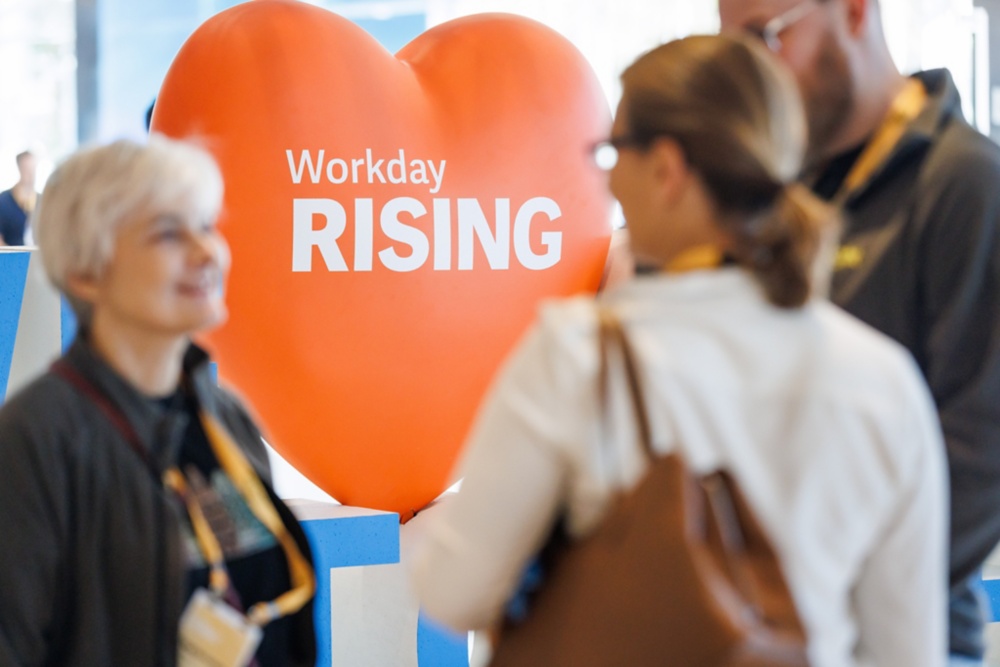Gone are the gaudy brown suits and kipper ties of the 1970s ‘manpower management’ specialist – a term that should have been sent to the grave long before it finally was – we’re now entering the era of hot-desking, employee empowerment, experience management and (for some lucky people) the dream of the four-day work week.
Work has improved. If we think back through the last couple of centuries, we have been steadily coming out of the dark ages. The workhouses and the sweatshops of the industrial revolution have now largely been consigned to a distant memory, thankfully. But even in modern times, many of us still remember the pre-millennial workplace cultures we had to endure.
Back in the pre-2000s, an arguably greater proportion of jobs were unforgiving, unrelenting and unquestionably structured by dyed-in-the-wool post-war managers who had little or no perception of what a personnel department or human resources (HR) function might offer. People worked to live – few lived to work or really enjoyed it.
Employee epiphanies
With the workplaces of our recent past now being reinvented for the digital age, forward-thinking businesses have spent much of the last decade or two reshaping the way their employees exist, engage and operate in the workplace.
Driven by the move to harness data-centric work functions and welcome the birth of cloud, mobile ubiquity and the renaissance of artificial intelligence, we’re now able to think about employee engagement and how worker activities can be empowered through smarter management decisions.
The benefit stream of new-age work runs in several channels, all of which coalesce to create a force that travels in the same direction.
Employees benefit as their workflow processes are streamlined, meaning they shoulder less repetitive ‘grunt’ work and are able to work on more rewarding and creative projects focused on innovation. Those same streamlined workflows are more closely aligned with business objectives, so organizations work better, smarter and more profitably. Ultimately, customers also benefit as they get the products and services that they really want and – increasingly – we’re also able to shape our work to aid the planet and the environment too.
On paper, this evolution sounds appealing and enticing, but how does this shift happen in practical terms? Organizations with creaking legacy systems will inevitably find it hard to bring about employee epiphanies because they are encumbered by a mire of inflexible third-party bolt-on personnel solutions that fail to work effectively.
Single system singularity
To shake off these now quite rusty chains, businesses need to adopt human capital management (HCM) solutions developed for the cloud-based era of real-time data and information insight.
This approach enables organizations to embrace a single user experience common for all employees drawn from a single source of data protected by a single security model for operational robustness. When everyone is working from the same data source, all business decisions are made with the most up-to-date information – and this is a progression that opens the door to ultimate adaptability.
In the new world of work, adaptability doesn’t just mean a different choice of sandwiches in the company canteen. Today, adaptability means being able to guide and manage different employees based on different criteria from the same central information resource. By segmenting employees into shared groups based upon their experience and skills, their rank and hierarchy or their individual needs and preferences, organizations can now create a business process framework based on the process logic that defines every task in the workplace.
Ability for reconfigurability
Further tiers of adaptability are also achievable as employee process flows can be easily configured, changed, copied or adapted depending on departmental and team productivity, plus of course the changing nature of any given market. Significantly here, with the breadth of modern HCM platform technology, all this reconfigurability and tuning can be brought to bear without the involvement of the IT department.
So far we’ve painted a picture of a highly adaptive approach to HCM that provides fine-grained controllability. That granularity must also be matched at the security level. This is a requirement we can achieve by securing core data sets, rather than attempting to lock down ‘fields’ of data that may be composed of variables that stem from changing sources. This means that we can establish our security layer once and once only. When that data is then accessed through different device form factors and through different user interfaces, it is always protected at the base level.
Once an organization reaches this tier of HCM competency, it can then start to draw from reporting and analytics functions that are native to the data and application tiers that we have built from the start. Using functions such as dashboards and scorecards to assess employee, team, department or company performance and status then becomes second nature to the system architecture that has been built.
We’ve moved forward a lot here already in this discussion. Gone are the gaudy brown pin-striped suits and kipper ties of the 1970s ‘manpower management’ specialist – a term that should have been sent to the grave long before it finally was – we’re now entering the era of hot-desking, employee empowerment, experience management and (for some lucky people) the dream of the four-day working week.
HCM is now HCM + finance
For the organization that embraces these advanced HCM tools for employee betterment, there is a correspondingly positive impact on higher level operational efficiency as a business. This happens because we have removed the separation between transactions and analytics, meaning a business can orchestrate its activities in a fluid intelligent manner. This is the point at which HCM becomes more than HCM, it becomes an HCM technology foundation that works in concert with financial tools.
Delivered through a mobile-first app and twinned with browser log-in abilities, the new breed of HCM is an always-on user experience that is fully synced at every endpoint. In a world of perpetually changing regulatory governance compliance and of ever-advancing technology innovation, when core HCM platform upgrades and changes are made, they happen universally, continuously and seamlessly.
As progressive HCM systems now deploy an increased use of machine learning (ML) algorithms, organizations will be able to make use of increasingly personalized enterprise management functions particular to their market, industry and company ethos and approach.
It is crucial to be able to manage a global workforce with maximum levels of consistency.
Surfacing new ML advancements in the daily workplace, employees should be able to benefit from recommendations to guide behaviors, smart search results when accessing information records and functions designed to improve talent, skills and workplace experience. This advancement is not possible in HR or HCM systems of yesterday, where most of their engine power goes towards administration and transactional processing.
ML capabilities provide a personalized experience for all workers by providing recommendations, surfacing the most relevant search results and more. Whether an employee is a junior worker, a contractor, a manager, an executive, a board member, a business partner, a system administrator, a recruiting agency, an applicant, a retiree, or even an auditor, an HCM should be adaptable and multi-faceted to deliver to every user’s requirements.
In today’s now highly connected always-on international society, it is crucial to be able to manage a global workforce with maximum levels of consistency, but also with localized variability. It might sound a little sentimental, but we’re talking about enabling a new world of work where we are able to cross borders, cross and straddle business processes and also be able to interplay between all the nuances of human needs in the workplace.
A broad workbench
In the wake of the post-pandemic aftershocks and the so-called great resignation, businesses will need to operate with an HCM framework that is seamlessly adaptable to full-time staff and contractors. In an exacting digital business landscape that needs to deliver to the speed of Generation Z and Millennial expectations, companies that are tough to work with because ‘you’re not in our system’ will fail to progress.
Looking to our immediate future, organizations will use HCM controls to build talent pools, calibrate skills and monitor employee succession and progression on a local and global level. Rich analytics provides comprehensive talent insights to drive coaching and decision-making. Embedded analytics incorporates relevant information directly into the transaction process, enabling fact-based decisions across the organization. All of this happens through the window of one single application, which is accessible to the total workforce from anywhere, at any time.
This is a significant strategic inflection point for employment, work, jobs, people, human beings and of course machines too.
The personnel departments that many of us remember from half a century ago might have extended to ‘sending you on a course’ if they thought an employee needed some additional support. The HCM function of today is inherently dovetailed with finance to look after employee satisfaction and retention. The result is a melting pot of functions capable of managing administration, talent, learning, recruiting, payroll and every aspect of working life, all with transactional simplicity and unprecedented transparency and visibility.
We have truly moved on. Work is now a better place to be, wherever that place happens to be.





